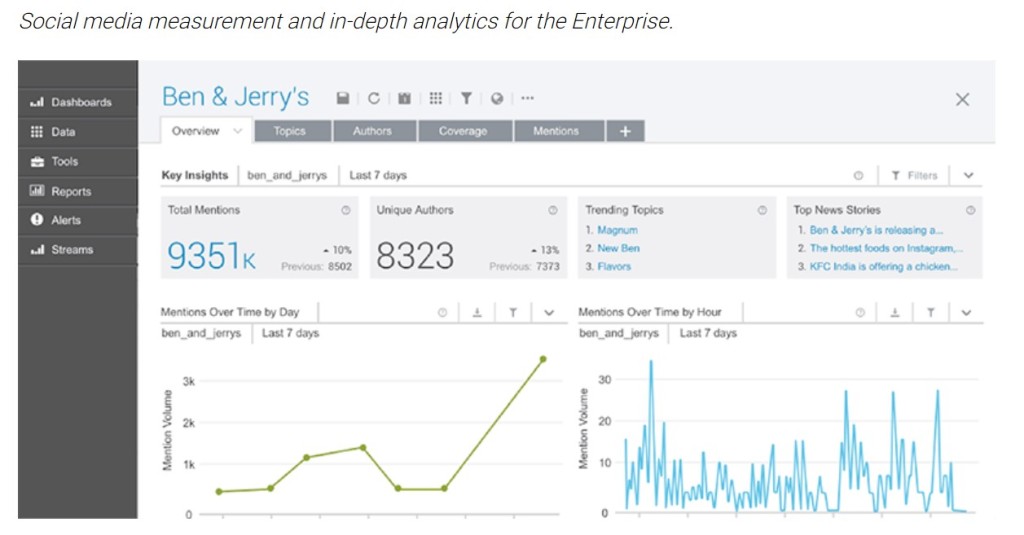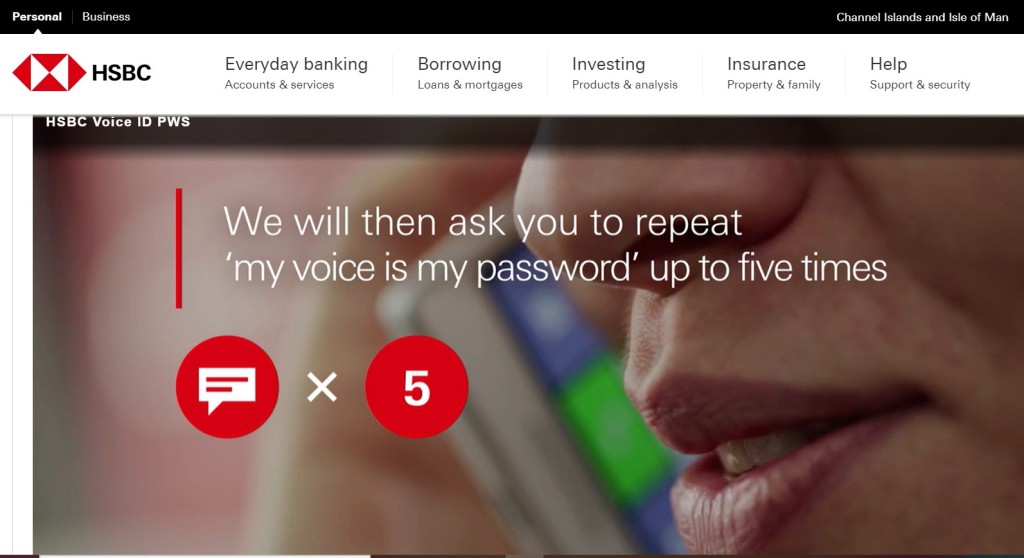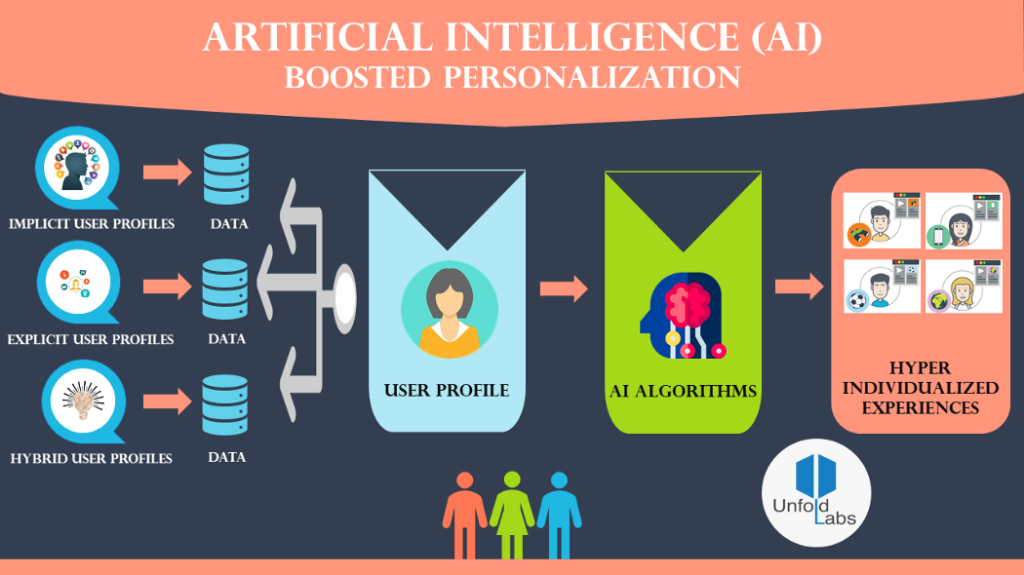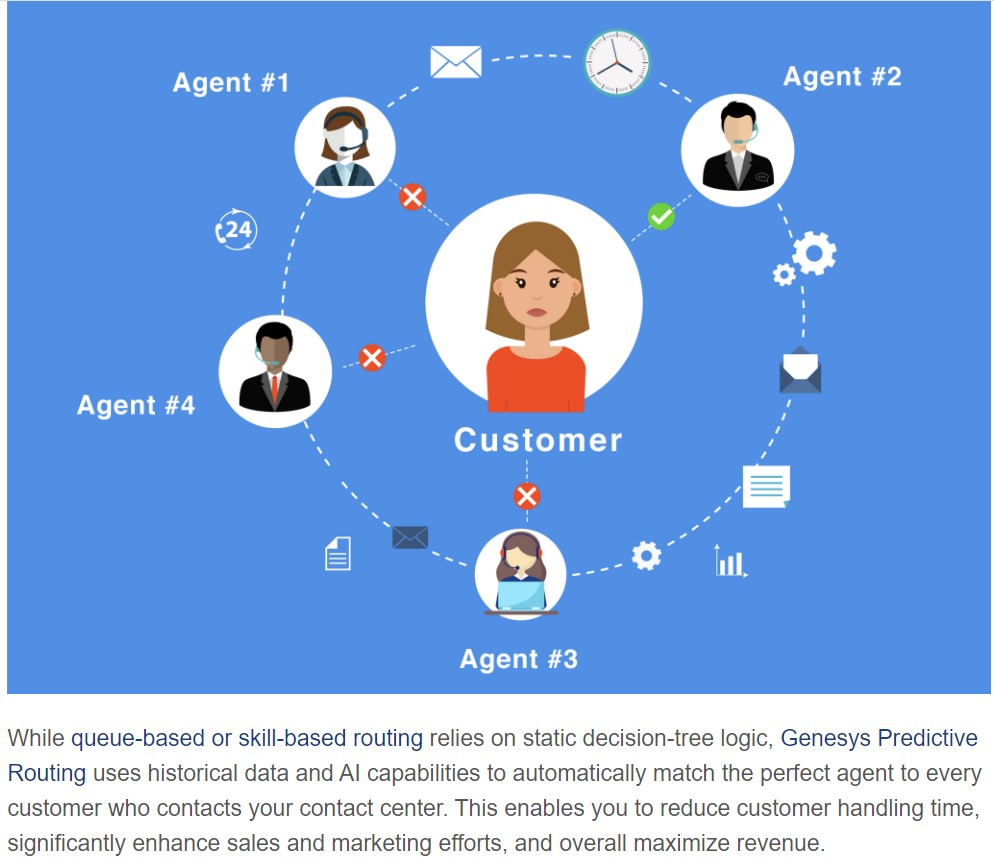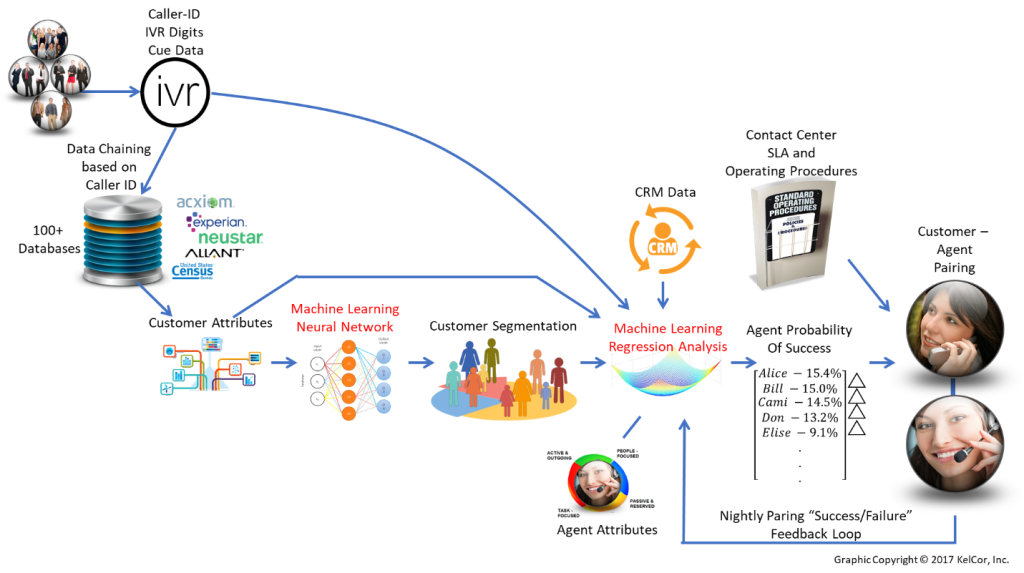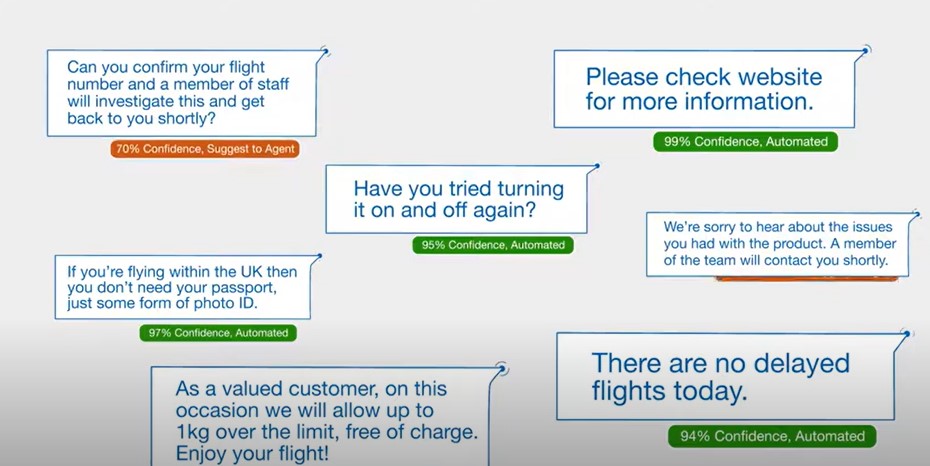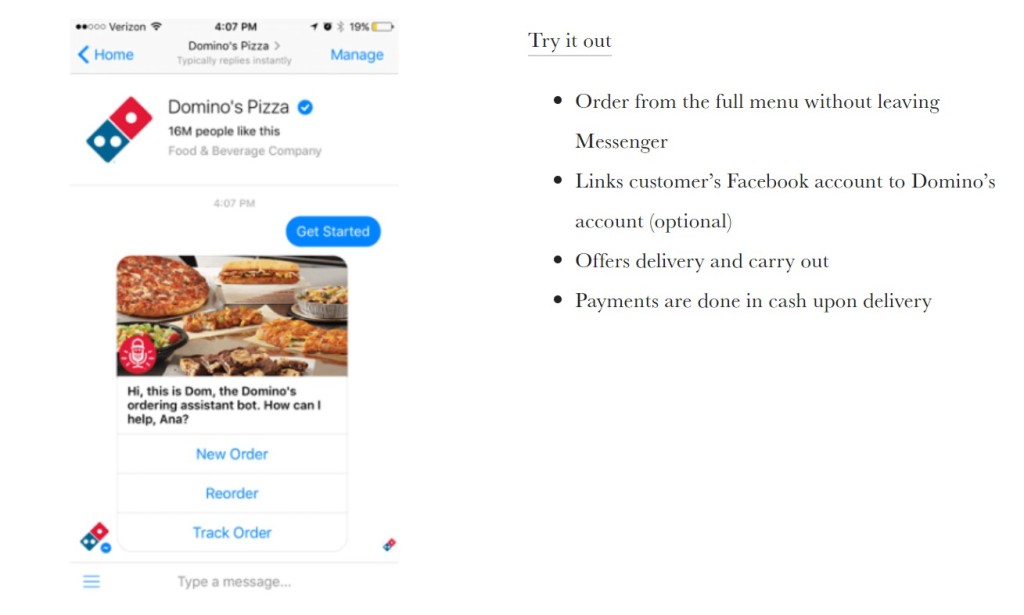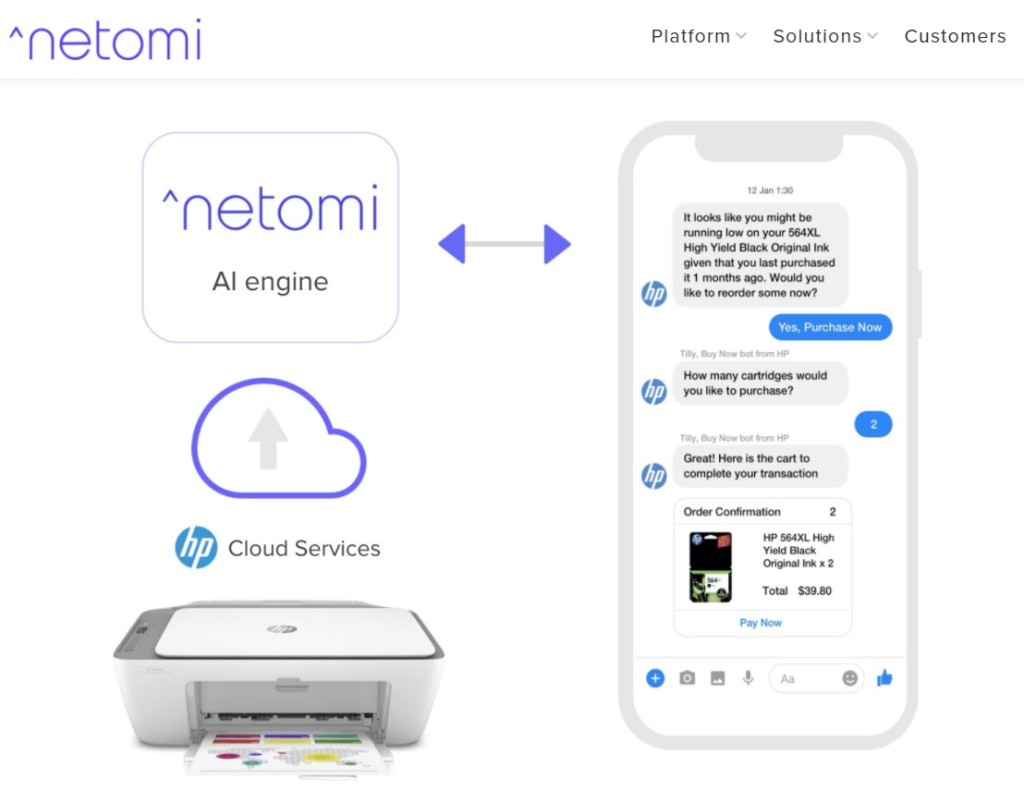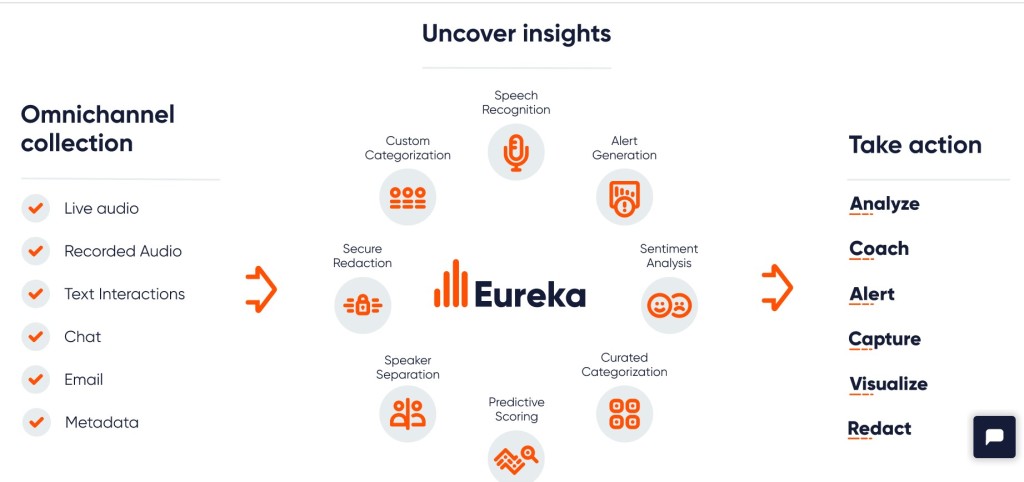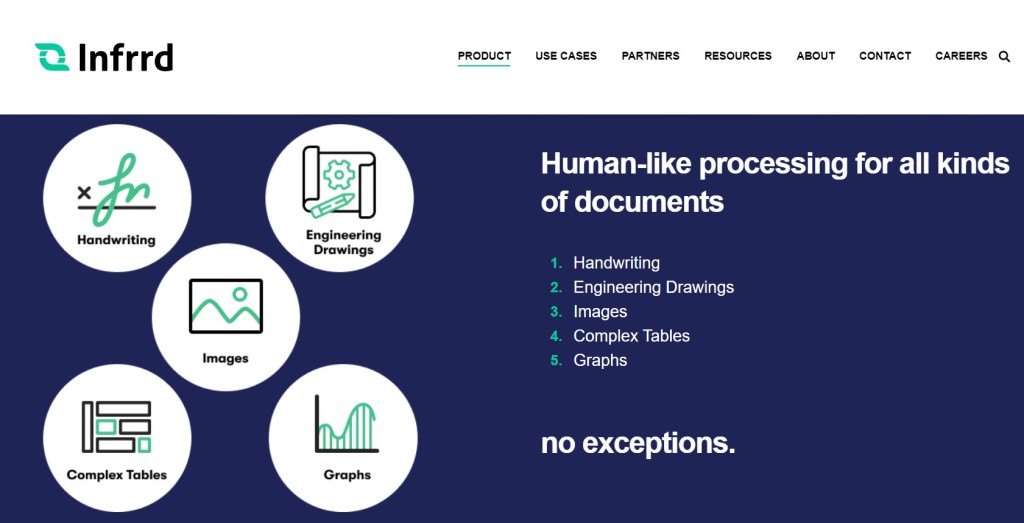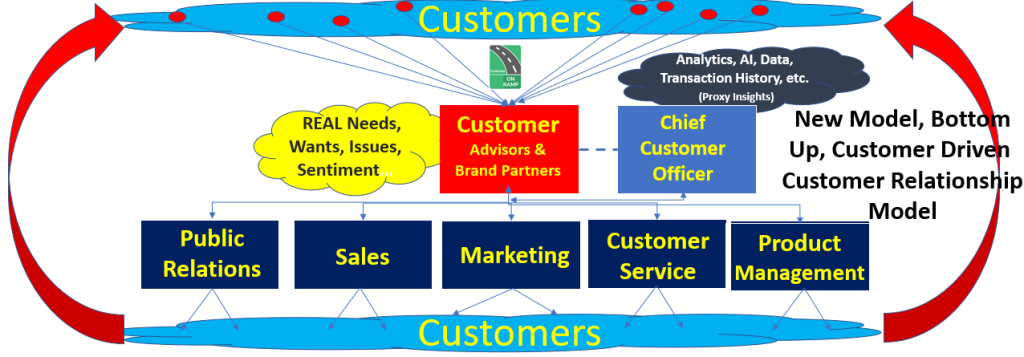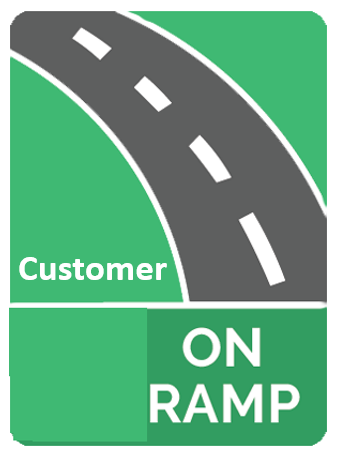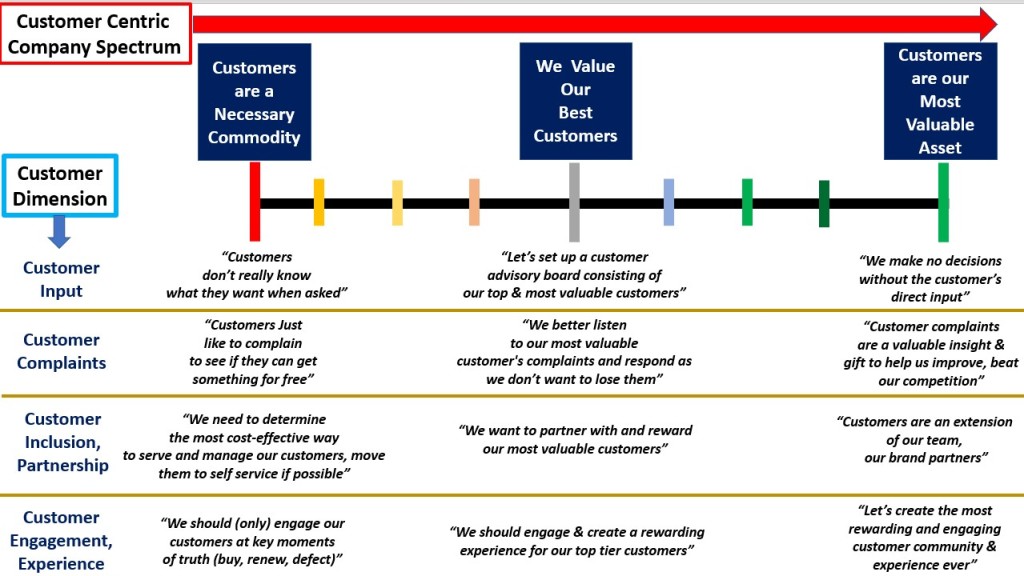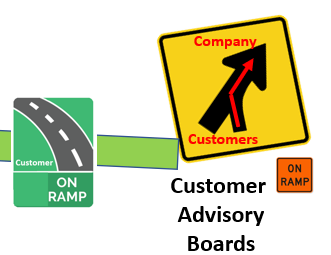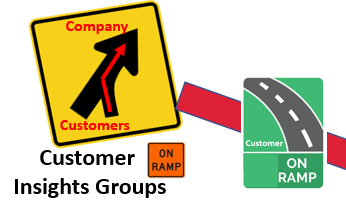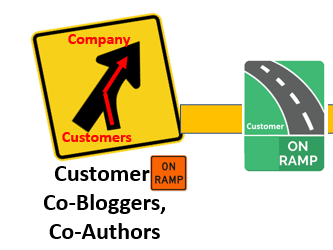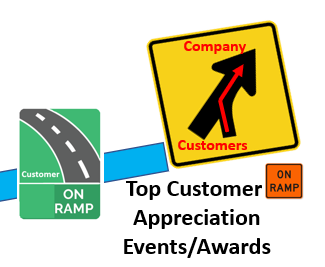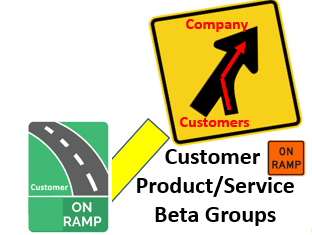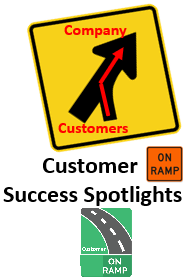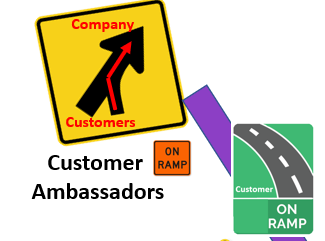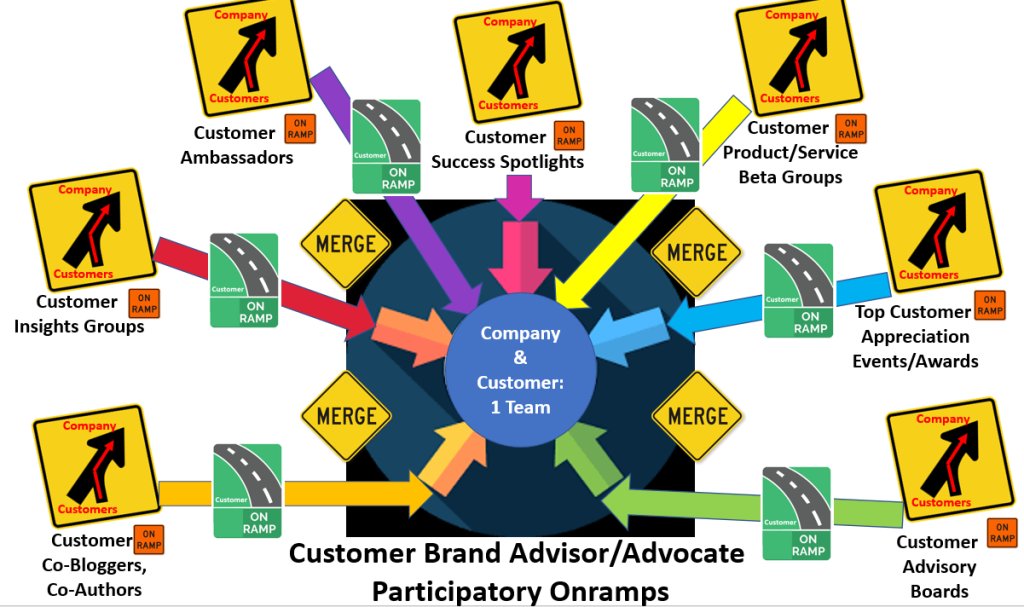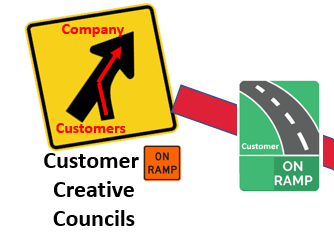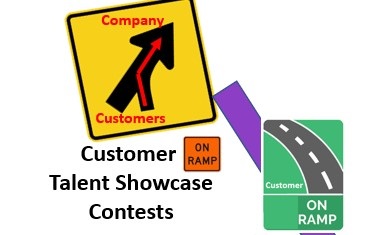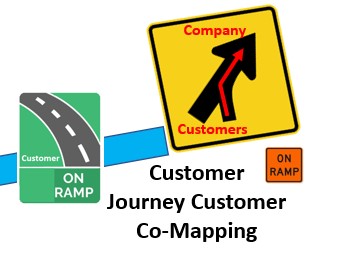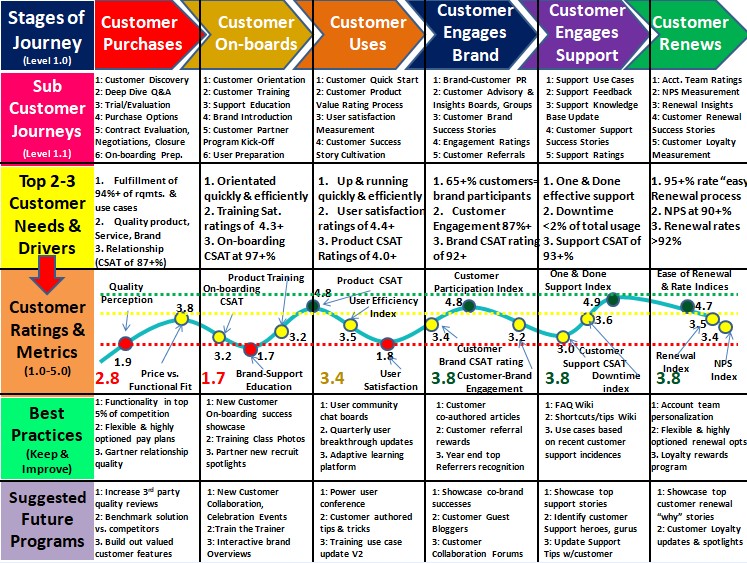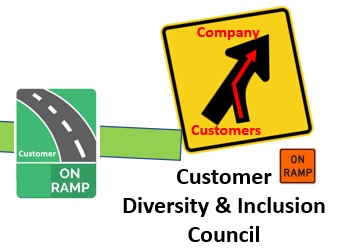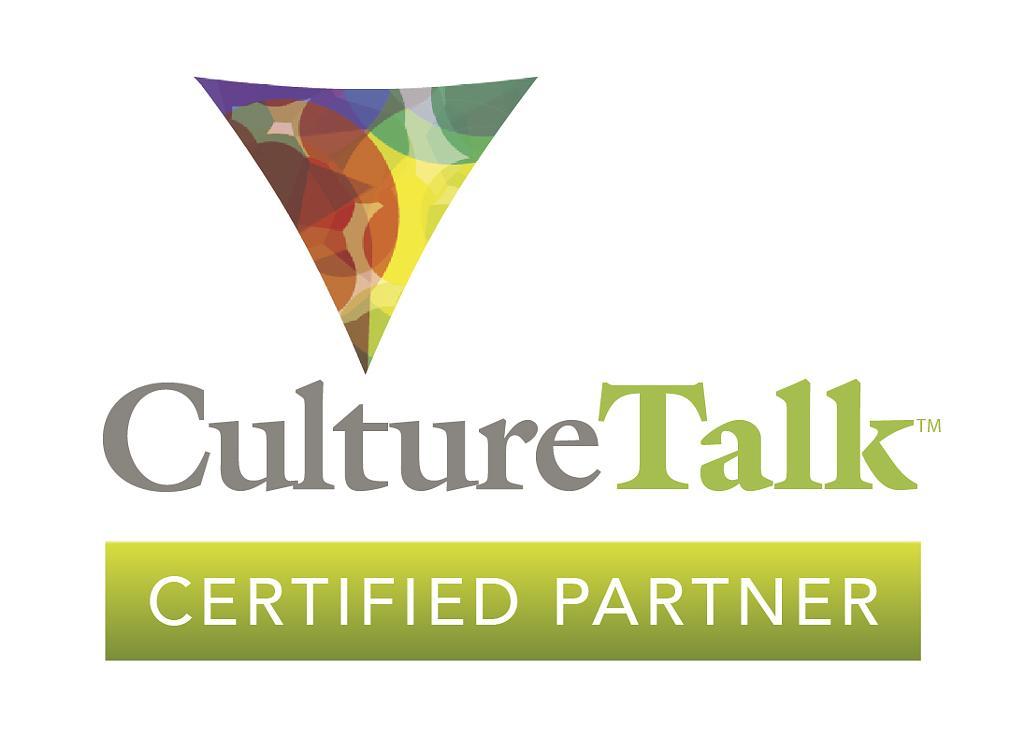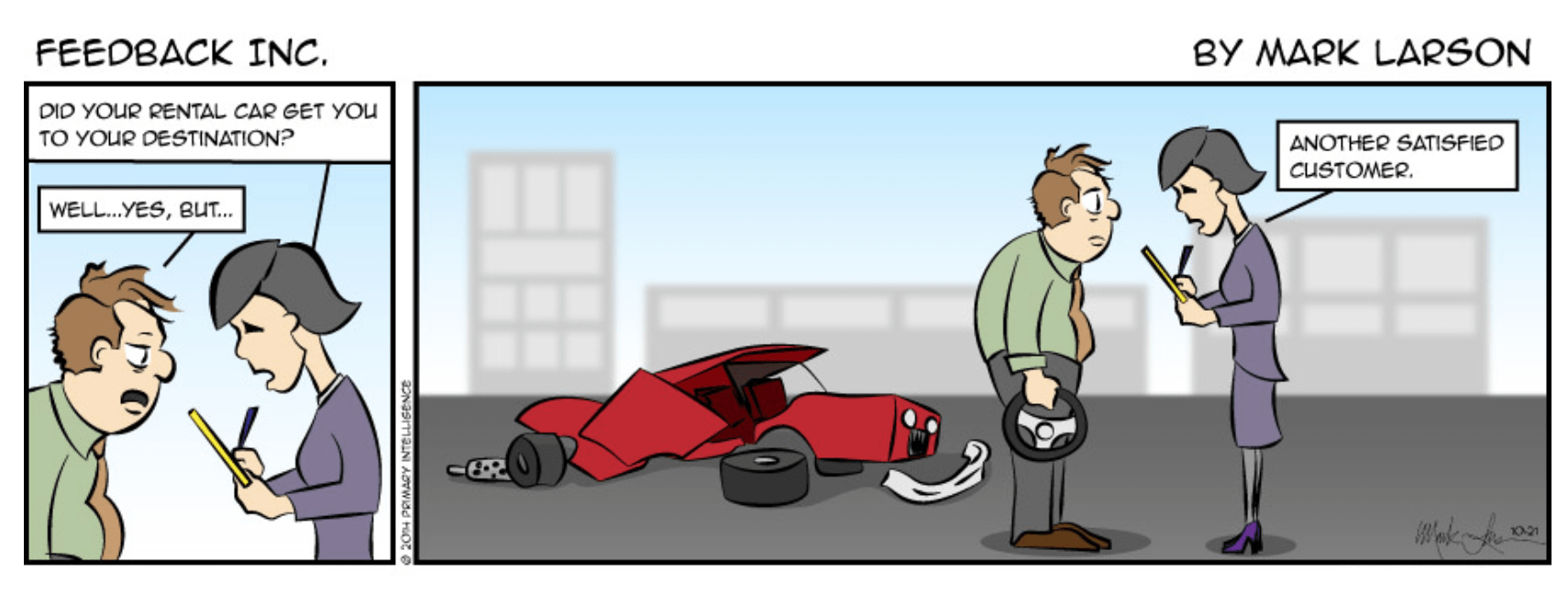INTRODUCING: THE CUSTOMER BILL OF RIGHTS
March 3, 2022 1 Comment
Covered in this blog article:
A) The brand promise
B) Customer bill of rights definition
C) Why the customer bill of rights is needed and important
D) Company mantra, tagline, and brand promise examples
E) The hierarchy of company mantra, tagline, brand promise and customer bill of rights
F) Customer bill of rights company examples
G) Internal service organization customer bill of rights treatment standards
H) How to get started creating your own customer bill of rights
- The Familiar Brand Promise:
We have all heard of a brand promise and have an idea of what this is all about. Simply put, a brand promise is the definition of the high-level quality of experience a company’s customers can expect to receive during every interaction with the company and its customer facing employees. The brand promise speaks to the brand’s purpose and speaks to the value that the brand will deliver.
- Customer Bill of Rights Why Needed & A Simple Definition:
The downside of a brand promise is that it is short of specifics on what the customer can expect during their interactions with the company. To bridge the gap between the higher-level brand promise and to explain what the customers can specifically experience when interacting with the company, we introduce the relatively new customer bill of rights. Here is a simple definition of what a customer bill of rights is:
A customer bill of rights is a public statement designed to communicate to customers what specific service level standards and guarantees the company is going to provide to them.
- Hierarchy: Company Mantra, Tagline, Brand Promise and Customer Bill of Rights:
To first explain how a brand promise ties into the customer bill of rights I thought it important to review the hierarchy of company-customer experience value statements starting with the Company Mantra at the highest level. Simply put, a company mantra states what the company stands for and why they exist. Here are some examples of company mantras that demonstrates “their why”. (a great related read on this “Finding your Why” by Simon Sinek):
A) Company Mantra Examples:
Disney: “Fun, Family Entertainment.”
Nike: “Authentic Athletic Performance.”
McDonald’s: “Fun, Family, Food.”
Next down in the hierarchy of company-customer experience statements comes the company tagline that supports the company mantra. A tagline is a very short and memorable phrase used to convey the value of a brand experience or its products. Here are some examples of the same set of companies and their taglines that demonstrates their why:
B) Company Tagline Examples:
Disney: “The most magical place on Earth.”
Nike: “Just do It.”
McDonald’s: “I’m lovin’ it.”
Next down in the hierarchy of company-customer experience statements is the brand promise, that at a high level, clearly and concisely states the quality of experience a company’s customers can expect to receive during every interaction with the company and its customer facing employees.
C) Company Brand Promise Examples:
Disney: “to create happiness through magical experiences.”
Nike: “To bring inspiration and innovation to every athlete in the world.”
McDonald’s: “make delicious feel-good moments easy for everyone.”
While the company mantra, the tagline and the brand promise all support alignment to the company/brand and its values, it does little to speak to the customer on what specifically they can expect while interacting with the company and its customer facing employees. Hence, last, in the hierarchy of company-customer experience statements we introduce a relatively new tool called the customer bill of rights that explicitly states the specifics the customer can expect when interacting with the company and its customer facing functions and employees.

Hierarchy of Customer Experience Statements: Company Mantra – Tagline – Brand Promise – Customer Bill of Rights
Since it is relatively new to the customer experience world, we are going to break from the 3 previous companies we illustrated (Disney, Nike, McDonalds) and instead highlight some innovative companies who have been bold enough to create and display their customer bill of rights.
- Customer Bill of Right Examples:
Here are some great small business examples that illustrate exactly what a customer bill of rights is all about:
A) Herb’s Auto:

Herb’s Auto Customer Bill of Rights
Source: https://herbsauto.biz/specials/details/herbs-auto-customer-bill-of-rights
Herb’s is a great example in that it combines their goals from a customer experience standpoint Delivering “fast, Courteous Service” along with specifics on what a customer is to expect “Lifetime Oil, Filter, Lube $12.99*”.
B) Here is another great example from Eden Prairie Painting Company:
Source: https://edenprairiepaintingcompany.com/about/customer-bill-rights/
I absolutely love this example as it combines a mantra/tagline along with attractive and high quality visuals of what customer can expect as well as some service level agreements and standards (e.g., “we will begin painting within 3 weeks”, “no less than 4 years experience before working in the field for our customers”) as well as a contact number clearly visible for customers to contact them (i.e. clear call to action). .
C) Here is a 3rd example from C&R Tire:
Source: https://www.candrtire.com/About/Customer-Bill-of-Rights
The C&R tire resonates with me personally due to the last item above. How many times have you gone into a tire or auto service establishment’s dirty/dingy waiting room waiting for service and feel like you are in the actual service bay with all the grease, oil, and grime. Some auto establishment’s waiting rooms are truly cringe worthy. That last item on their customer bill of rights is the masterful capitalization on other competitor’s weakness and making it differentiator for your own business by putting directly into in a customer bill of rights!
D) Next up, we have this small business example from a service organization, Chautauqua Opportunities:
Source: https://www.chautauquaopportunities.com/customer-bill-of-rights/
“Chautauqua Opportunities is an organization established under the Economic Opportunity Act of 1964 to fight America’s war on poverty.” This community service organization tailors their bill of rights around service standards that are appropriate for the constituencies they serve. I particularly like their statements on the delivery of their service in a way that is “non-discriminatory” and “without bias” and safeguards their constituency’s privacy, etc. which is highly applicable to their constituents.
E) Next up, we have this small business example from Capital Homes, Inc.:
Source: https://capitolhomeideas.com/customer-bill-rights/
F) Leading the charge for larger businesses, we have the excellent and innovative customer bill of rights from Jet Blue:
Source: https://www.jetblue.com/magnoliapublic/dam/ui-assets/p/Bill_Of_Rights.pdf
Having consulted and worked for numerous Fortune 500 companies, this bill of rights from Jet Blue is absolutely my favorite. This combines the commitment on informing customers and under what circumstances, details different customer impacting events and what customers can expect for the occurrence of each event type, but most importantly details the exact specifics the customer can expect for each customer disrupting event. Behind the scenes, I can safely predict that their revenue/finance department pre-calculated the cost of the specific customer considerations (vouchers) by multiplying the cost of each consideration by the historical incident rates and customer volumes for each type of event (departure delays, cancellations, etc.). In essence, it is solidifying a predictable revenue model while communicating this to their customer base to gain competitive advantage which is brilliant.
G) My Customer Bill of Rights Examples:
Here are some sanitized (removed client identifiable information) examples from companies I have recently worked for:
H) Customer Service Organization (internal) Customer Bills of Rights Example:
At a customer service representative level, I have created the following in terms of what type of specific customer treatment we will uphold and what the customer can expect from each and every one of our customer facing people and functions:
Our Customer Service & Experience Experts Make the Following Promises to Our Customers
5. How to Get Started, Create Your Own Organization’s Customer Bill of Rights
Does your company (large or small) have a Customer Bill of Rights? This is not in a company mantra, tagline, or brand promise, but rather a simple set of rules, standards and guidelines that details the specifics of your customer service and customer experience delivery and helps set specific customer <–> customer-service expectations.
Start by discussing this possibility with your upper management and with your customer support organization. Challenge your organization to create 5-10 customer service expectations that your customers can specifically expect from your company and team. Then make sure that every employee knows and understands it is their obligation to deliver on those expectations. Key to this is aligning your internal standards, process, employee incentives and technology infrastructure to support the pledge, training your frontline employees, and recognizing customer service employee stars who are exceptional in upholding your customer service standards and pledges to your customer.
6. Summary
We have all heard of and mostly understand customer experience terms like the company mantra, tagline, and brand promise. These terms while effective in communicating the values of the company and the brand(s), these fail to communicate what the customer is to specifically expect when interacting with the company and their frontline employees for various customer needs. To address this gap in helping customers understand what specifics the company will deliver from a customer service perspective the increasing use of the customer bill of rights has been introduced by a growing number of companies. The many examples of a customer bill of rights presented in this article will give you food for thought in terms of what your own might look like. It is easy to get started to create your own and can start as simple as with a conversation with your customer facing team and upper management. If you do create a customer bill of rights, you must ensure all capabilities are in place to deliver on these customer promises, otherwise it will be judged as just a company marketing gimmick that nobody believes and you risk losing a great deal of marketplace credibility and customer faith.
7) Need help in creating your own customer bill of rights?
If your organization is seeking a proven resource in measuring and improving your customer service and experience via a customer bill of rights, then give me a call or e-mail me at 518-339-5857 or stevenjeffes@gmail.com.
Lastly, this is just one article nearly 60 articles I have written on customer strategy, customer experience, CRM, marketing, product management, competitive intelligence, corporate innovation, change management – all of which I have significant experience in delivering for Fortune 500 companies. In fact, my blog is now followed by nearly 106,000 world-wide and was just named one of the top 100 CRM blogs on the planet by Feedspot, alongside Salesforce.com, Infor, Microsoft, SAS, etc. – Reference this informative site here: https://blog.feedspot.com/crm_blogs/.
























